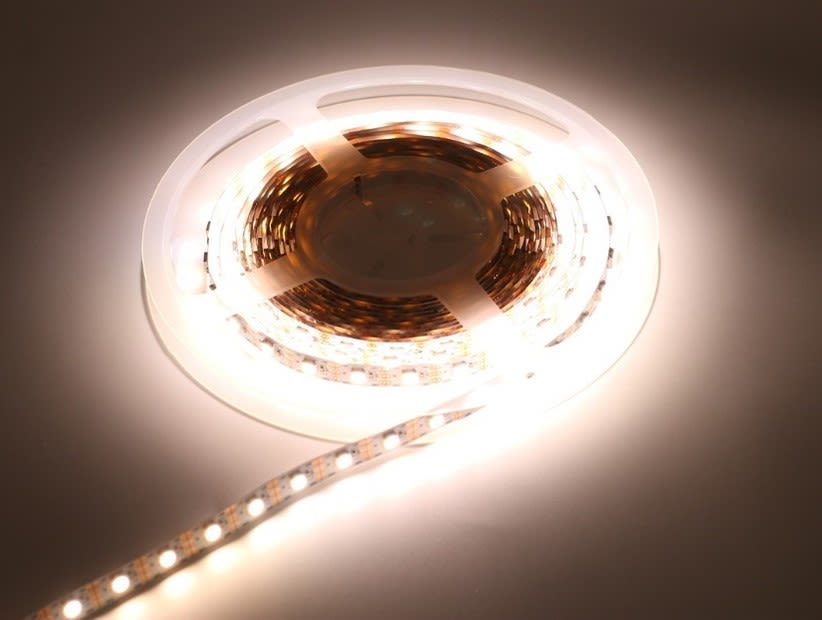LED (light emitting diodes) basics with ILS
Follow articleHow do you feel about this article? Help us to provide better content for you.
Thank you! Your feedback has been received.
There was a problem submitting your feedback, please try again later.
What do you think of this article?
Within the last decade, LEDs (light-emitting diodes) have become a commonplace technology. They provide ample opportunity for innovative lighting design and offer a wider range of possibilities than traditional lighting technologies such as incandescent bulbs. LEDs, unlike incandescent bulbs, use less energy, produce less heat, and do not have filaments that burn out. Plus, due to their small size, they enable unique design concepts to become a reality.
LEDs can be implemented in anything from general lighting bulbs and home projects to horticultural lighting, to sensors. The applications are endless. In small quantities, they can form digits on digital clocks, illuminate watches, transmit information from remote controls, and create car indicators and headlights. When grouped together, they can light up traffic lights, create signage and illuminate jumbo TV screens and public spaces.
LEDs can be coloured, non-visible or white. To create white light, deep blue LEDs can be covered with phosphor, a yellowish material that light passes through to convert it into the familiar white colour we see in homes, offices, and shops.
Light consists of many small particle-like packets that have no mass but have momentum from energy released by moving electrons. These particles are known as photons. Photons are one of the most basic measurements of light. Learn more about other light measurements here.
Creating light in this way is more efficient and enables a light source that has a longer more reliable lifetime, so they do not need replacing as frequently. Unlike other traditional light sources, LEDs do not ‘burn out’. Instead, they may experience ‘lumen depreciation’ whereby the brightness slowly dims over time.
LED efficiency is also increased as they waste less light. LEDs are a directional light source; they emit light in a specific direction. In comparison, incandescent and traditional CFL lamps emit light and heat in all directions. LEDs project light and use energy more efficiently in a multitude of applications. Particularly if a secondary optic is applied.
A key consideration of LEDs however is that they do still produce heat as a byproduct. Thermal management is a key factor contributing to successful LED performance over its lifetime. To prevent this from causing performance issues, heatsinking is required to absorb and disperse excess heat. Good thermal management will help extend the lifetime of the LEDs. When operated at consistently elevated temperatures, LEDs will degrade and be subject to lumen depreciation at a faster rate. Learn more about LED thermal management here.
Within the last decade, semiconductor prices have decreased. This has made LED solutions more affordable and cost-effective for home and industrial applications. Though LEDs may still be more expensive upfront than incandescent lights are, their lower ongoing and running costs, more than make up for this. So, if looking to invest in lighting, LEDs still offer the most benefits.


